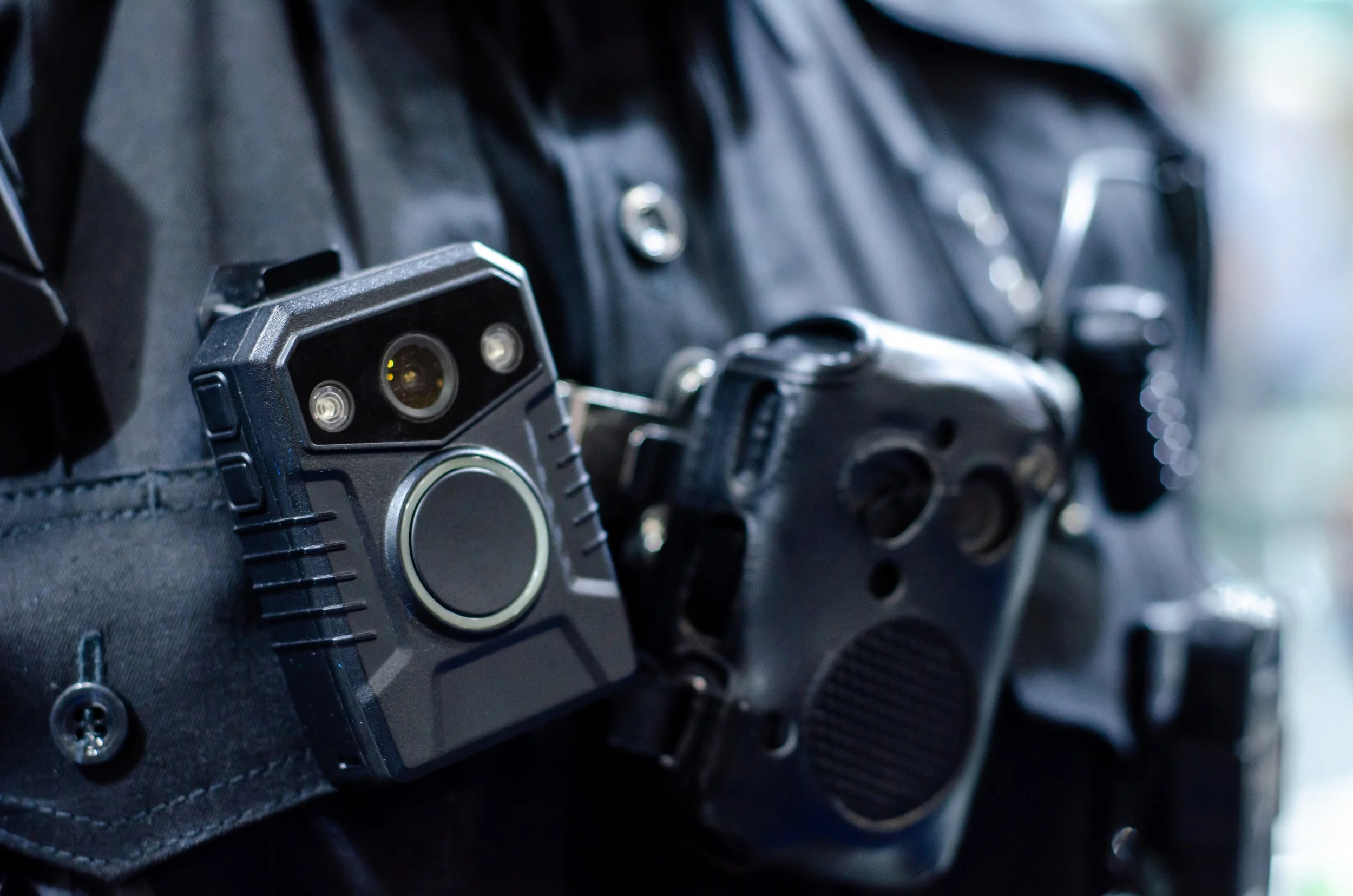What privacy regulations restrict police dash and body-worn cameras?
Body-worn cameras are increasingly common for those in law enforcement as a way to protect those captured and the officers themselves, to record footage as evidence or for public record requests. However, such footage can often involve innocent bystanders or reveal sensitive information such as exact locations, license plates of vehicles in the area, and other identifying information. For this reason, video evidence redaction software is often used to anonymise the police footage.
How do dash and body-worn cameras help law enforcement?
Law enforcement uses these cameras for two main reasons. The footage captured can be used in evidence when a crime is committed. It can also be highly useful to demonstrate what the actions of law enforcement professionals were, especially when there are accusations of misconduct. Video footage can be easily shared with members of the public that use the Freedom of Information Act (FOIA) to access a record of an incident (this is called Freedom of Information requests). As more and more footage is captured every day, the need for body-worn camera redaction and dash camera redaction techniques will also grow.
What regulations apply to video footage from dash and body cams?
In the UK, data protection legislation states that police officers must inform people that they're being filmed when possible, and the cameras themselves are fitted with a flashing red light to indicate that they are recording. While people do not have to consent for the police to continue filming, they do have the right to request access to any footage that they have been captured in.
Under GDPR, video footage that needs to be kept for more than 30 days should go through a redaction process to remove any sensitive data not required as evidence. In the USA, there is no federal law addressing the production of body-worn camera footage, but in many states, once video footage is created, it may be classed as a public record susceptible to disclosure, depending on the state’s statute.
How does video redaction help with freedom of information requests?
The FOIA gives people the right to access information held by public authorities, including the police, and this will often involve the sharing of any video footage recorded at a specific incident. This is why video redaction software for law enforcement is so useful. Police video redaction software can blur faces, license plates and other sensitive information, so that the video can be shared without compromising the privacy of anyone who happened to be captured in the footage.
Our Secure Redact software can blur faces and personal data quickly and accurately, allowing the police to efficiently share footage requested, without having to obtain permission from everyone present, and without breaching the privacy of anyone involved

